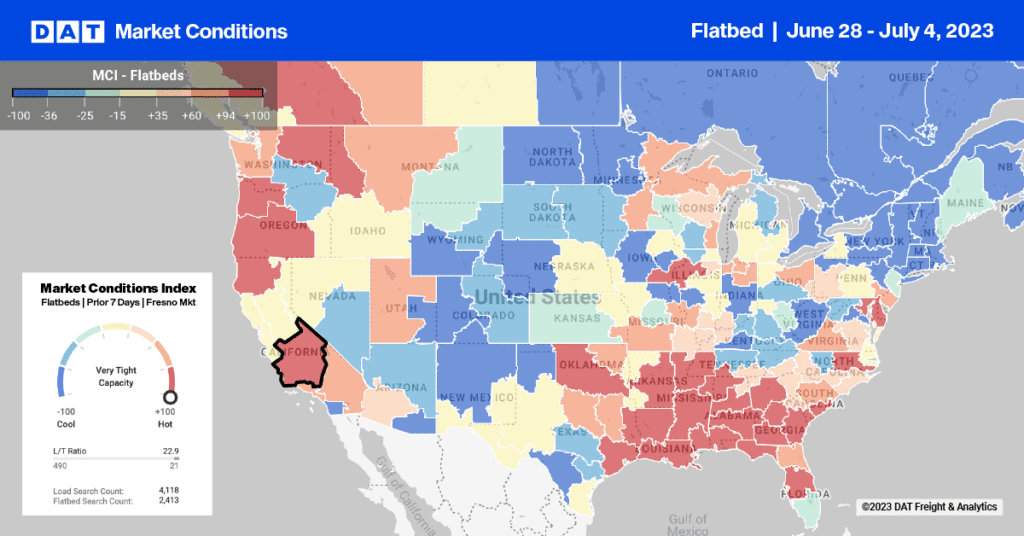Although the Panama Canal expansion project is not yet complete, shippers are already shifting supply chains to bypass West Coast ports and deliver imported goods directly to the Gulf Coast and East Coasts. Meanwhile, other importers — and some manufacturers — are taking advantage of new highways through Mexico that lead directly to the Gulf or over land to Texas.
U.S. Ports and Shippers Preparing Now for Panama Canal Expansion, Due in 2015
While the overall effect of the Canal expansion on the U.S. economy can only be guessed, these supply chain adjustments are already affecting trucking lanes. Some ports and hubs in the Southeast are gaining importance, and shippers are gradually finding avenues to reduce their dependence on the overcrowded West Coast ports. Los Angeles and Long Beach, which currently handle about 80% of Asian imports, are not exactly being displaced, but shippers are actively seeking alternative routes.
Ports all along the East Coast, from New York to Miami, are expected to be deepened and equipment updated with a $14 billion expansion over the next two years, according to a recent article in supply chain journal EBN. U.S. Ports on the Gulf of Mexico are also planning to expand, and New Orleans has already installed new cranes on modern, wide-gauge tracks, to handle an expected influx of container freight. Other routes from Asia via Panama approach the East Coast through deep-water Caribbean ports such as Kingston, Jamaica, where cargo can be transferred to smaller ships that are easily accommodated at Eastern seaports of both North and South America.

New cranes in the Port of New Orleans. (Photo credit: Ted Jackson, Times-Picayune)
Mexican Land and Sea Routes Bypass California
Meanwhile, Mexican ports are also expanding on both the Pacific and Gulf Coasts, and a new highway system south of the U.S. border connects those ports by land to Arizona, New Mexico and Texas. This is an alternative route for Asian imports to the U.S., although Mexicans themselves are still the primary consumers for traffic into Manzanillo and other ports in that country. An expanded highway system in Mexico enables manufacturers and farms in Southern, Central and Western Mexico to deliver goods over land to border crossings in Arizona and Texas, shortening the route between U.S. trucks and consumers in population centers east of the Rockies.

The blue line on the map traces a popular route from Mazatlan on Mexico’s Pacific Coast to Laredo, TX. (PC Miler)
What Trends Do You See in Your Customers’ Supply Chain Design?
Have these trends affected you or your customers yet? What changes, if any, do you expect to see in your mix of loads and lanes, over the next few years? Please post your comments below, and let’s have a conversation. Thanks!


